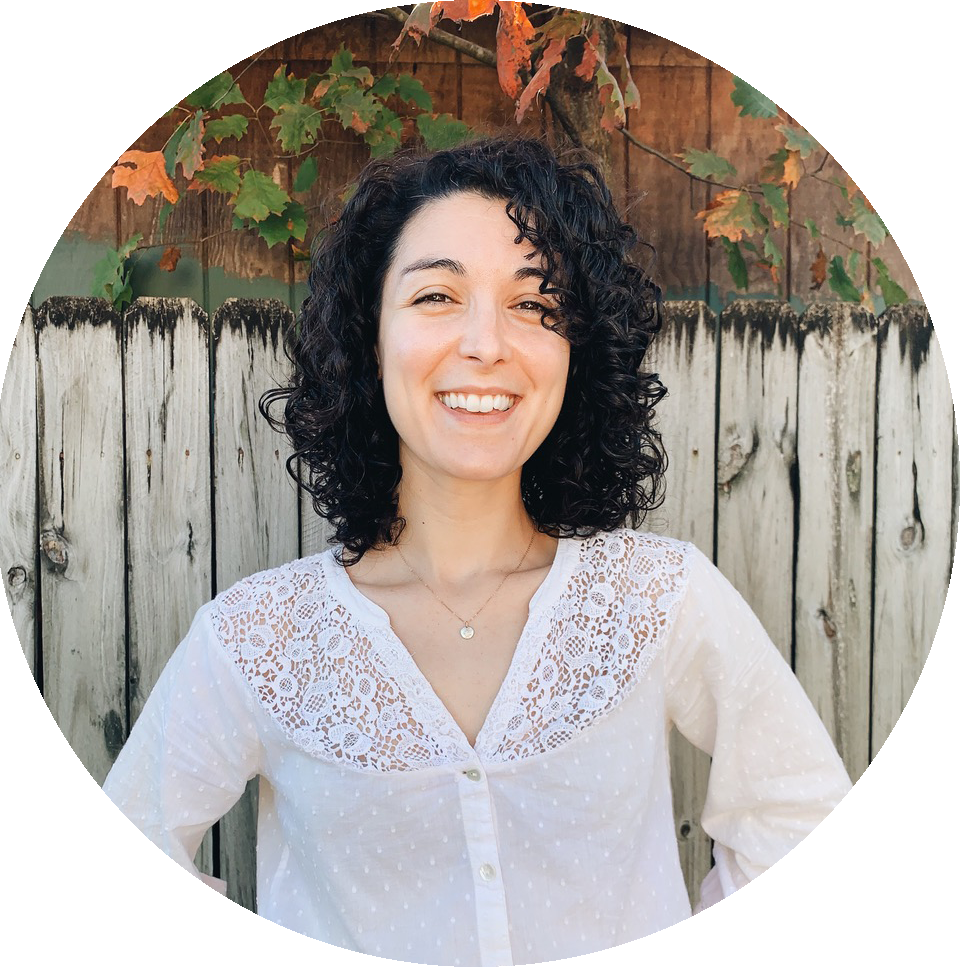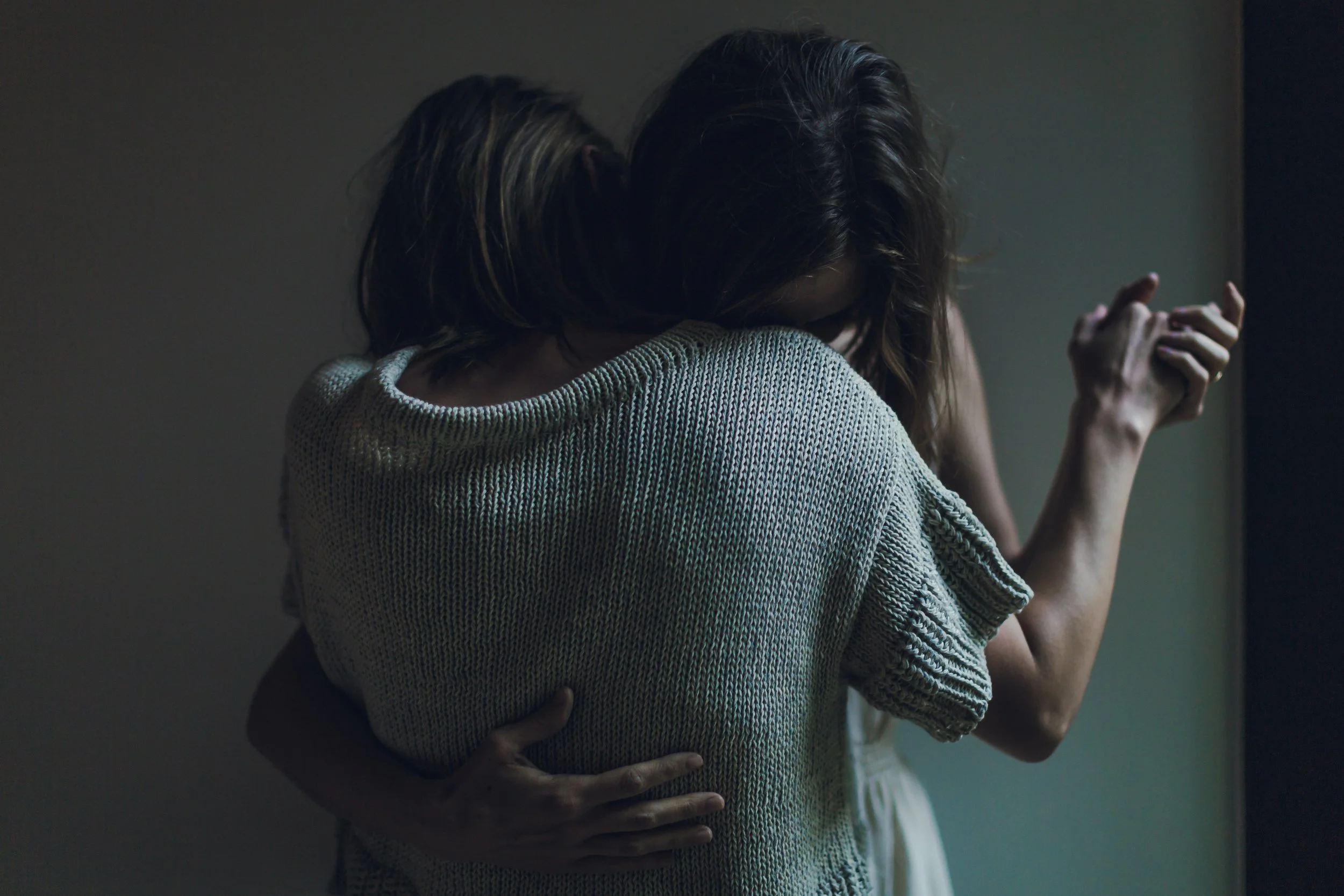How to Complete a Spending Freeze | My September Plan
/To me, a spending freeze is a bit like Whole 30 or an intermittent fasting reset. Regardless of your feelings about nutrition culture, performing a fast with regards to finances has proven an impactful tool for calibrating my outflows.
I can almost always justify an impulse buy.
I’ll use it.
I’ve needed something like it.
It’s been on my wish list for months and now it’s on sale.
It’ll solve a problem that’s been causing me headache / friction.
I have enough money to purchase it.
It’s a limited item / I’ll never see it again.
And, I’ll be the first to admit, I picked up retail therapy tendencies early in life and they are a beast to wrangle in my adulthood.
Starting a spending freeze requires intent. Though my intent is usually to simply reduce the reinforcement of my spending habit in an effort to break it, reasons might also include:
Saving up extra cash for a planned expenditure
Replenishing cash reserves after an unplanned expenditure
Remove spending as a coping mechanism to focus on the root issue
Reconnect with what you already have (gratitude)
Too strict and the spending freeze won’t work. I either break the freeze entirely or cheat on it (I’m only human), typically on loosely justified grounds that I hadn’t specified if that expense was included or not. Or, I berate myself into a stress episode and end up coping even more severely (spending, food, sloth) than before.
This isn’t an instructional on how to fight human nature. I know my tendencies and my weaknesses. These lane bumpers and detailed plans are how I set myself up for success.
If you’d like to join me in trying a spending freeze, here’s how I start:
Reflect on the impetus of this spending freeze.
Knowing the root will help inspire the replacement of spending behaviors in their absence during the freeze.
Are you overwhelmed? Stressed? Coping? Simply looking to build financial discipline?
On what have you been spending the majority of your discretionary income?
Where are you leaking money, like subscriptions, habitual conveniences, reactionary purchases?
How do you imagine your life, mental health, personal wealth, lifestyle will be changed or improved by the freeze?
What do you hope to get out of this experience?
Prepare for the change in your routine:
A spending freeze inescapably impacts your routines. Where you go, how you engage, what you browse online, how you spend downtime, the way in which you make business decisions. It’s been said that it takes many days to break a habit and an additional bunch of days to form a new one. That sentence is purposefully nonsense because the research is so varied, I recommend just studying yourself.
For me, it’s more like 7 - 10 days to break a habit and 15 - 21 to start a new one, so if you know your rhythm, go with it.
Set yourself up for success by essentially replacing your spending habit for the time being. That means forgoing what you don’t need to spend, reducing temptation, engaging with what you already have, and making other coping mechanisms readily available.
Review and cancel unused subscriptions. I plot my subscriptions in my calendar as ‘bills’ the day they hit and I keep a list in a Google doc so I don’t lose track.
Unsubscribe from and roll-up email newsletters which inspire shopping using Unroll.me
Spend an afternoon taking stock of what you have (in the categories you usually shop) like clothing, accessories, skincare, home goods, plants, etc.
Determine how your existing items can be deployed during the freeze, like new projects, finishing existing projects, taking something to the next level, or completing your relationship with it before giving it away.
Cancel and avoid window-shopping plans for the duration of your freeze (until you’re sure the temptation won’t just drive you nuts).
Put the spending freeze and your replacement activities in your calendar. If you’re not a calendar person, consider hanging a list on your fridge or on the wall by your working area.
Outline the parameters of the freeze.
I’m not at all in favor of minimizing your expenses such that you don’t spend anything on enjoyment. It is a privilege to have any discretionary income at all so I hope you’ll still take yourself out for a latte or buy your monthly book.
Your spending freeze parameters might include:
No impulse buys (do not buy on first contact).
No additional investments (don’t add on to projects, collections, or routines).
No unplanned purchases (i.e. plan your purchases and stick to the plan).
Reduce (category) spending by a (percentage).
Select your timeline. If available, secure an accountability partner (friend, family member, excel spreadsheet) to keep track of your progress and celebrate successes.
Reward yourself for this Herculean effort.
At the start of the freeze, establish what this experience is worth. My previous freeze was worth a $100 allowance I could spend wherever I wanted. I chose REI and Union Ave Books. Yours may be a self-care treatment, a larger or smaller allowance, tickets to the movies, or a purchase you’ve wanted long term.
Whatever it is, make it clear and make it present in your space. It’s not that the reward is the purpose or the point of the spending freeze. It’s the completion of the freeze. It marks a closure of an activity, the end of an experience.
Should you wish to do another freeze, start another one by preparing, setting parameters, and defining your means of closure.
During the freeze —
You’re just following your program. You’re operating within the parameters, hopefully communicating or engaging with an accountability partner, and you’re actively replacing certain spending triggers with existing objects. You determine the length of the freeze, but I recommend the first be 1 - 2 weeks. Small wins build motivation for big change.
September 2021 Spending Freeze
For the month of September, I am freezing all discretionary spending and planning all of my purchases.
My spending freeze instructions for myself:
Add any impulse or potential future purchase to its appropriate wish list.
Plan purchases necessary and relevant to my current projects: built-in bookshelf, houseplant seasonal transition, home appraisal prep, and college.
Limit my cafe and lunches-out budget to a specific weekly amount with rollover.
Plan date nights that involve spending and operate within a specific amount.
Allow myself two convenience purchases at less than $20 each, preferably only in serious circumstances.
Complete an enrichment audit* (see below) and outline what else I could do instead of shopping, window shopping, eating out, or otherwise spend money. Make this list a poster and hang it in the studio.
On the enrichment audit —
I learned the word enrichment through training our puppy, Ducky. Dogs need enrichment: mental and physical exercise, instinctual behavior outlets, social interactions, their own safe spaces, and play.
I am the same. I need all of these things and not all of them are congruent with being a productive member of a capitalist society (which for anyone living in that society, might makes those extracurriculars difficult to self-justify). When I audit my tools and opportunities for enrichment, I’m going through:
Art and creativity supplies
Books, puzzles, games, and brain fun
Hobby-based materials (plant soil, garden tools, yarn, pencils)
Ingredients and tools for cooking and baking (and recipes)
Inspiration-spaces like Pinterest and Instagram (what sort of enrichment am I curating for myself? What does that curation communicate that I’m craving?)
Unfinished projects, outstanding tasks, long-list activities (not necessary but beneficial)
Bookmarked articles, web pages, activities, online courses (free or already purchased)
Subscriptions (media, education, objects, communities, etc.)
Home-based alternatives and replacements for away (and costly) activities (like coffee and tea inventory, libations and substances)
Free activities that still excite and inspire (parks and nature spaces, museums, library, sport, and bartering with friends)
It helps me to have that information curated once or twice a year. In moments of boredom, stress, loneliness, anxiety, or coping, I’m not usually clear-headed enough to make an excellent decision. I typically settle on a decent for the moment (at best) decision that is usually reactionary and that doesn’t take into account the ripple effect (cost, acquisition, time spent, response to trigger).
I also find the enrichment audit quite fun. It’s incredible how much I already have, some completely eclipsed by newer focuses. It’s exciting to plan activities like painting sessions, piano evenings, book lists, sweater knitting, film education, bread baking and know I have tons of things to turn to when time starts to close in.
At the end of the month, I will take myself out for an autumn outfit. I rarely go clothes shopping on purpose (I buy things sporadically as I see them) and I imagine it’ll be a luxurious treat to spend time browsing and selecting pieces for a seasonal outfit.
Side note: If I secure the job for which I’m currently interviewing, I’m treating myself to this gorgeous pair of Redwing boots. My size is the only one left, so fingers crossed!
If you have questions or opt to do a September spending freeze along with me, I’d love to hear about it and cheer you on! Please comment here or send me an email.











